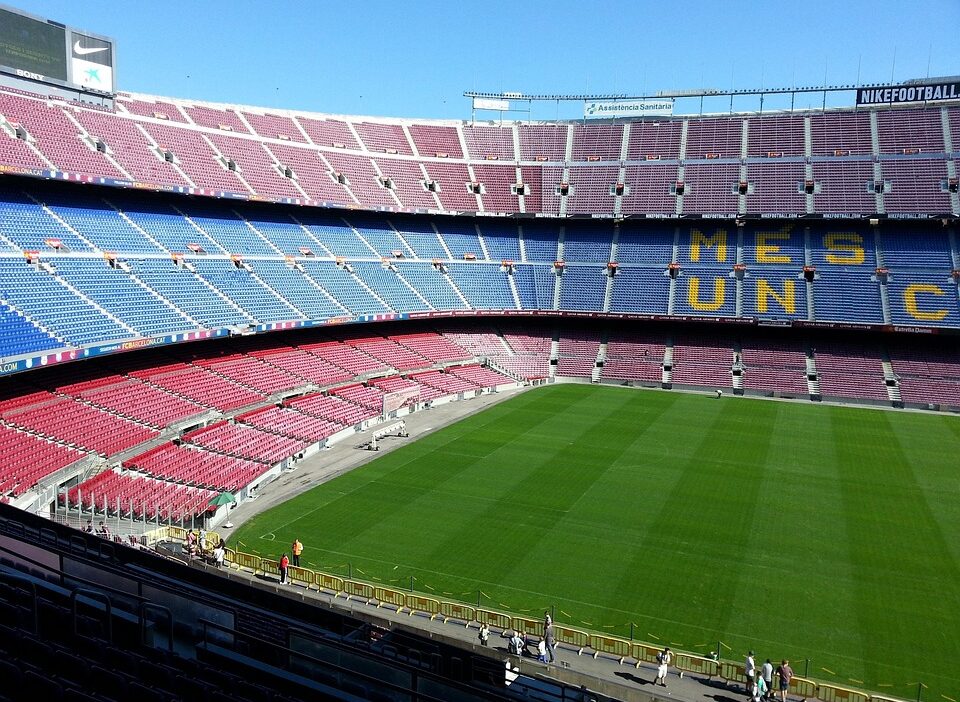As cities across the globe embrace the idea of building new sports stadiums, local governments and taxpayers are often confronted with a crucial question: are these colossal investments worth the financial outlay? Proponents argue that new stadiums generate jobs, stimulate local economies, and attract tourists, while critics assert that the costs often outweigh the benefits, leading to long-standing debt and underwhelming economic returns. This article explores the economic impact of new stadiums, examining both sides of the debate.
Job Creation and Economic Stimulus
One of the most frequently touted benefits of new stadiums is the potential for job creation. Supporters highlight that the construction phase alone generates thousands of construction jobs and related infrastructure work. Once the stadium is operational, ongoing employment opportunities emerge in areas such as facility management, food services, and hospitality.
Local economies also experience a boost during game days. Increased foot traffic can benefit nearby restaurants, hotels, and retail businesses, leading to higher sales and potential expansion opportunities. A study by the National Bureau of Economic Research found that hosting sporting events can bring an influx of more than 15,000 attendees, with many spending on food, lodging, and entertainment.
The Promise of Tourism
New stadiums have the potential to put cities on the map and attract national and international events, such as All-Star Games, concerts, and tournaments. Cities like Atlanta and Minneapolis, which invested significantly in new stadiums, have seen increased tourism revenues. Ultimately, these events can create a more significant economic impact in the region by generating increased hotel bookings and tourism taxes.
However, skeptics argue that much of the economic activity surrounding stadiums consists of "displaced" spending. For example, locals might opt to attend a game instead of going to a concert or dining at a restaurant on a non-game night, resulting in a zero-sum game for overall economic growth.
Municipal Debt and Taxpayer Burden
The financial implications of constructing new stadiums often extend beyond immediate job creation and tourism revenue. Many projects are funded through a combination of public and private financing, often leaving taxpayers responsible for covering a portion of construction costs. Public investment in stadiums frequently comes in the form of bonds, which can burden local governments with long-lasting debt.
As a case in point, the construction of the new Los Angeles Stadium, home to the Rams and Chargers, saw significant public funding, raising questions about the return on investment for local taxpayers. Despite the expected economic benefits, critics point out that funding stadiums with taxpayer money can divert funds from more essential public services such as education and infrastructure.
Opportunity Costs
Critics also ask whether investing in new stadiums is the most effective use of public funds. The opportunity costs associated with these investments can be significant. Many argue that the money spent on stadium construction could be better allocated to improving public transportation, enhancing educational facilities, or investing in community services that create lasting benefits for residents.
Furthermore, new stadiums often face challenges like limited operational flexibility and high maintenance costs once built. This can render them white elephants—large investments that provide minimal ongoing economic return.
Case Studies
Examining specific cities can provide more clarity on the economic impact of new stadiums:
-
Atlanta’s Mercedes-Benz Stadium: Opened in 2017, it has transformed its surrounding area and reportedly generated $2.5 billion in economic impact within the first two years. The stadium has also provided a home for the MLS team Atlanta United and the NFL’s Atlanta Falcons.
-
The University of Phoenix Stadium in Arizona: While it has hosted numerous high-profile events, including the Super Bowl, critics argue that it has not delivered promised long-term economic benefits to the surrounding communities.
- The Oakland Coliseum: As a case of a dilapidated infrastructure, the stadium exemplifies the risks of poor planning and inadequate long-term investment strategies. Many argue that the financial burden it has created for the city over decades negates any initial economic activity it once attracted.
Conclusion
The debate surrounding the economic impact of new stadiums is multifaceted. While they can stimulate job growth and boost local economies, the financial burden and opportunity costs often raise valid concerns. As cities weigh these investments, a careful cost-benefit analysis is essential to justify whether public funds should be used to finance the construction of new sports facilities. Ultimately, the question may not be about whether new stadiums can generate economic benefits, but whether those benefits are sustainable and equitable in the long run. Balancing immediate financial gain with long-term community needs is crucial for ensuring that investments in new stadiums result in lasting positive impacts.



